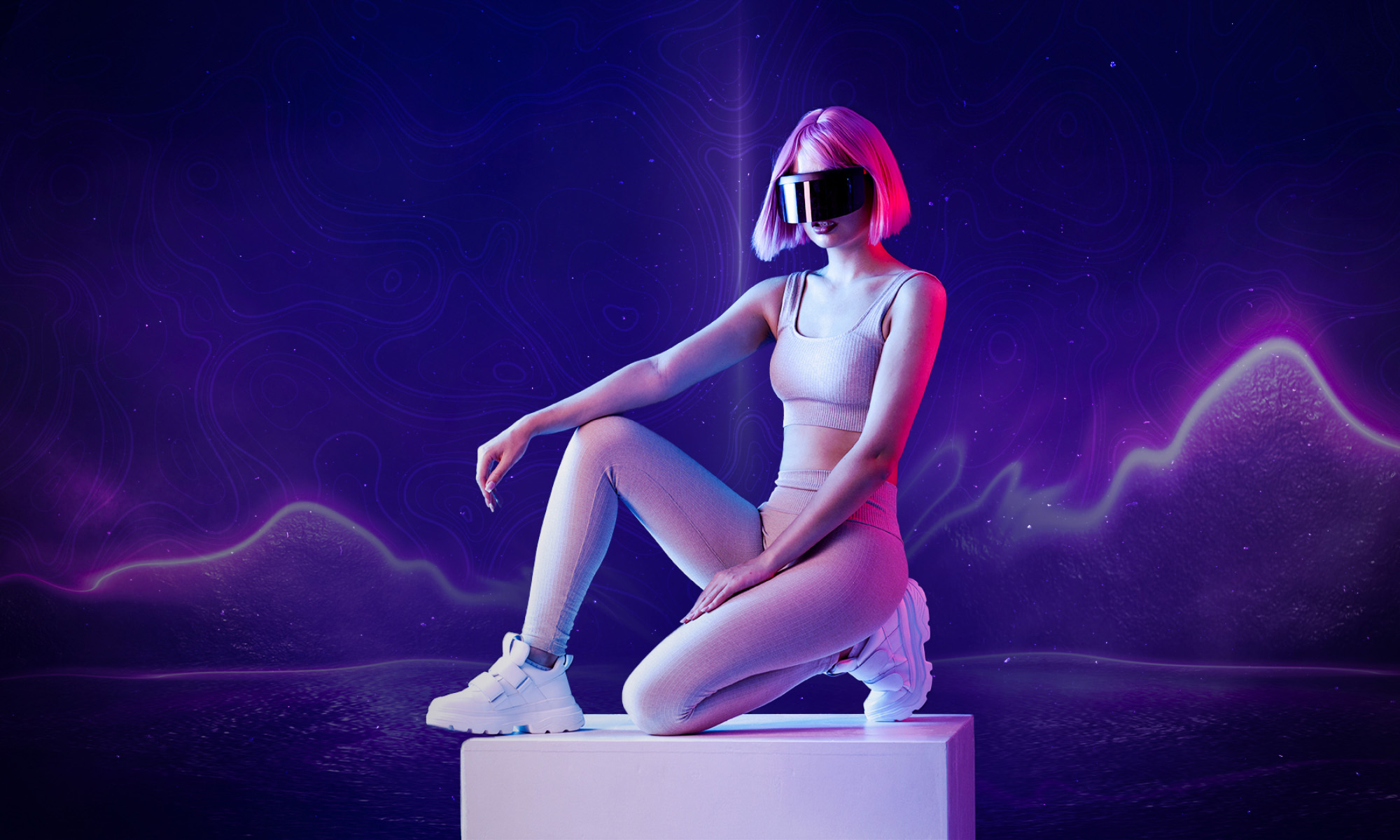News
Farfetch Aims To Bring Web3 To The World Of Fashion
What does Web3 offer to fashion? Farfetch CEO and founder José Neves is on a mission to blend the real world with the virtual.

José Neves is no stranger to innovation. The Portuguese billionaire and owner of online luxury fashion platform Farfetch revolutionized eCommerce back in 2007, creating a business model that blended boutique shopping with online retail.
Today, Neves is using his innate knowledge of both haute couture and technology to explore how Web3 can enhance the world of fashion. Web3 describes the blockchain-integrated internet, where crypto and NFTs are built directly into platforms, creating a new online world owned by its users. On a recent Most Innovative Companies podcast, Neves explained his enthusiasm for Web3, explaining that “If Web1 was about ‘read’ and Web2 was about ‘read and write’, then Web3 is about ‘read, write, and own’.’’
Neves aims to take the Farfetch brand into the new Web3 environment using their Dream Assembly Base Camp accelerator program, which according to a press release back in July, will:
“Provide a cohort of the most promising Web3 startups in the luxury fashion and lifestyle sectors with a curated program of mentorship, networking, and support in order to help drive the future of Web3 luxury commerce.”
Also Read: Intro Platform Connects Users To Celebrity Experts
The 12-week program is a partnership with Outlier Ventures, which has backed startups since 2014. The platform will focus on “digital fashion, tokenized loyalty, immersive experiences, and the creator economy”, with participating startups having direct access to a network of investors and mentors.
Neves believes that with Web3, the potential is endless, with the application of principles of user control and decentralization being a perfect fit for fashion, where people’s styles often act as second personas, or even masks. The entrepreneur now hopes that emerging technology will increase interaction between creators and users, as Farfetch becomes actively involved in the Web3 luxury commerce space with its new accelerator program, yet again standing at the forefront of fashion, culture, and technology.
News
Google Releases Veo 2 AI Video Tool To MENA Users
The state-of-the-art video generation model is now available in Gemini, offering realistic AI-generated videos with better physics, motion, and detail.

Starting today, users of Gemini Advanced in the MENA region — and globally — can tap into Veo 2, Google’s next-generation video model.
Originally unveiled in 2024, Veo 2 has now been fully integrated into Gemini, supporting multiple languages including Arabic and English. The rollout now brings Google’s most advanced video AI directly into the hands of everyday users.
Veo 2 builds on the foundations of its predecessor with a more sophisticated understanding of the physical world. It’s designed to produce high-fidelity video content with cinematic detail, realistic motion, and greater visual consistency across a wide range of subjects and styles. Whether recreating natural landscapes, human interactions, or stylized environments, the model is capable of interpreting and translating written prompts into eight-second 720p videos that feel almost handcrafted.
Users can generate content directly through the Gemini platform — either via the web or mobile apps. The experience is pretty straightforward: users enter a text-based prompt, and Veo 2 returns a video in 16:9 landscape format, delivered as an MP4 file. These aren’t just generic clips — they can reflect creative, abstract, or highly specific scenarios, making the tool especially useful for content creators, marketers, or anyone experimenting with visual storytelling.
Also Read: Getting Started With Google Gemini: A Beginner’s Guide
To ensure transparency, each video is embedded with SynthID — a digital watermark developed by Google’s DeepMind. The watermark is invisible to the human eye but persists across editing, compression, and sharing. It identifies the video as AI-generated, addressing concerns around misinformation and media authenticity.
While Veo 2 is still in its early phases of public rollout, the technology is part of a broader push by Google to democratize advanced AI tools. With text-to-image, code generation, and now video creation integrated into Gemini, Google is positioning the platform as a full-spectrum creative assistant.
Access to Veo 2 starts today and will continue expanding in the coming weeks. Interested users can try it out at gemini.google.com or through the Gemini app on Android and iOS.
























